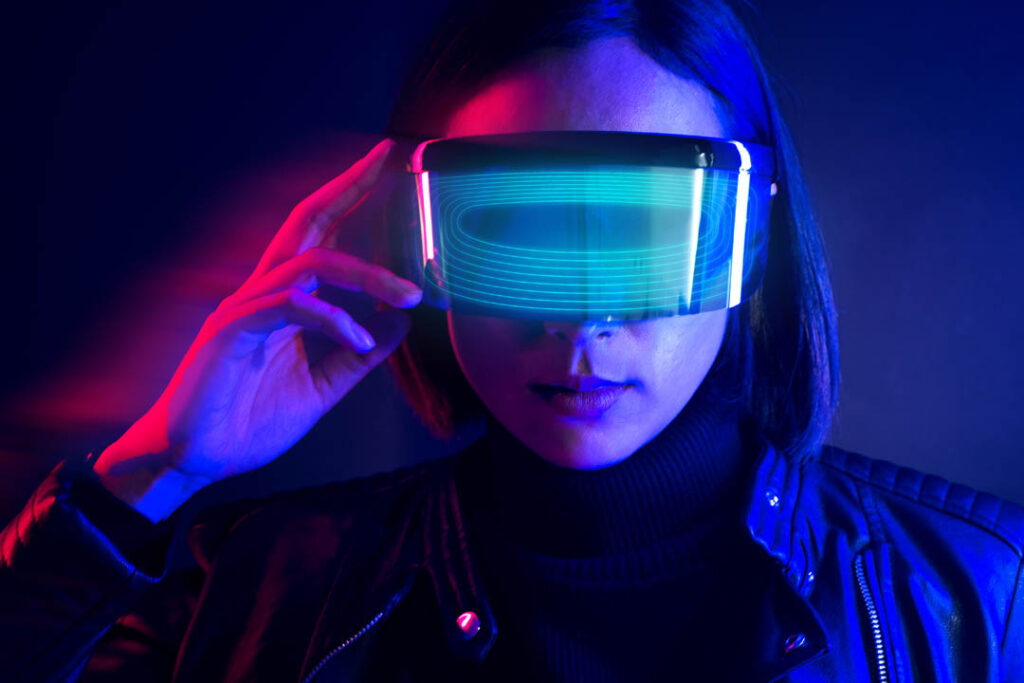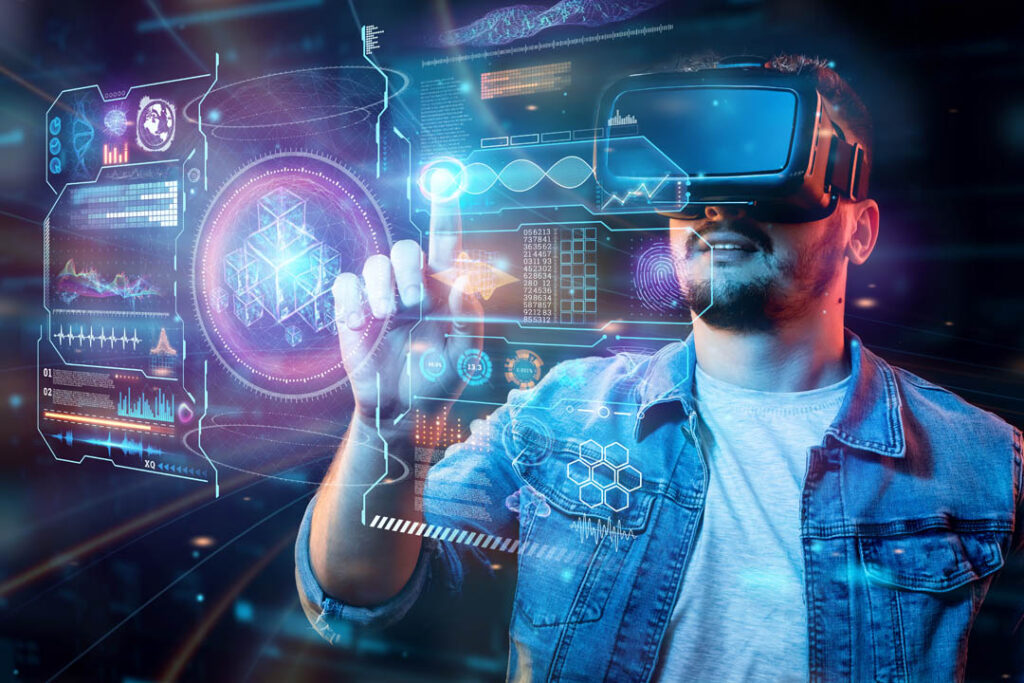Jak již možná víte, brýle na virtuální realitu, zprostředkovávají vjem celého prostoru. Ať už smyšleného, nebo existujícího. Zcela smyšlený “svět” se může vytvářet technologicky jinak, než svět reálný. K zobrazení skutečného prostředí může sloužit například i 360° video.
Stejně jako se liší technologie VR, liší se i typy brýlí na VR.
BRÝLE PRO VR K MOBILU (handheld):
Tento typ slouží k uchycení mobilního telefonu a jeho udržení ve správné pozici tak, aby odpovídalo zornému poli uživatele. Vstupní investice je poměrně nízká, záleží co od takových brýlí očekáváte. Ty nejednodušší fungují pouze jako držáky na mobil a pohybují se v cenové kategorii od cca 300,-Kč. Modely se zkládají z dvojice čoček, které zajišťují větší zorný úhel a schopnost uživatele zaostřit zrak na displej telefonu. Každá polovina displeje promítá pro jedno oko. Některé modely telefonů obsahují i akcelerometry a magnetometry pro lepší prostorovou orientaci a detekci pohybu hlavy. Příklady značek: Aligator VR BOX2, ColorCross 012C, ColorCross VR a další.
SAMOSTATNÉ VR brýle (Oculus):
Funguje zcela samostatně. Nepotřebujete ani počítač, ani mobil, ani herní konzoli. Obsahuje software k přehrávání videí a virtuální reality včetně baterie a reproduktorů. Pracovní doba může být kolem 3 hodin a více. Ceny se pohybují od cca 8 000,-Kč. Příklady značek: Oculus Quest, Oculus Rift.
BRÝLE PRO VR K POČÍTAČI
Výkonné počítače nabízejí stále širší a lepší využití i pro VR. Je ovšem nutný velmi ryhclý procesor a kvalitní grafická karta v PC. Uživatel prožívá maximální vizuální, psychický i fyzický zážitek. Funguje skvěle jako simulátor. PC zajišťuje dokonalou kalibraci a přenos. Ceny se pohybují od cca 9 000,-Kč výš.
BRÝLE PRO DRONY
Ukáže vám pohled z výšky, tak jak jste jej ještě nezažili. VR brýle jsou určeny vždy pro konkrétni značku nebo typ dronu. Zažijete let doslova na vlastní kůži. Mezi nejznámnější a nejkvalitnější značky patří drony a brýle DJI. Ceny se pohybují od cca 17 000,-Kč.
VIZOR:
Tato zařízení slouží zejména ke sledování 360° videa (nebo i klasického videa). Jejich účel bývá obvykle hlavně rekreační, případně cestopisný nebo poznávací. Vizory nemají prostor pro připevnění mobilu, s mobilem se propojují pomocí kabelu nebo bluetooth. Jejich výhodou je skladnost a nižší váha.
Většinu brýlí si můžete zakoupit přímo sami na tradičních e-shopech jako je Alza nebo Datart.









